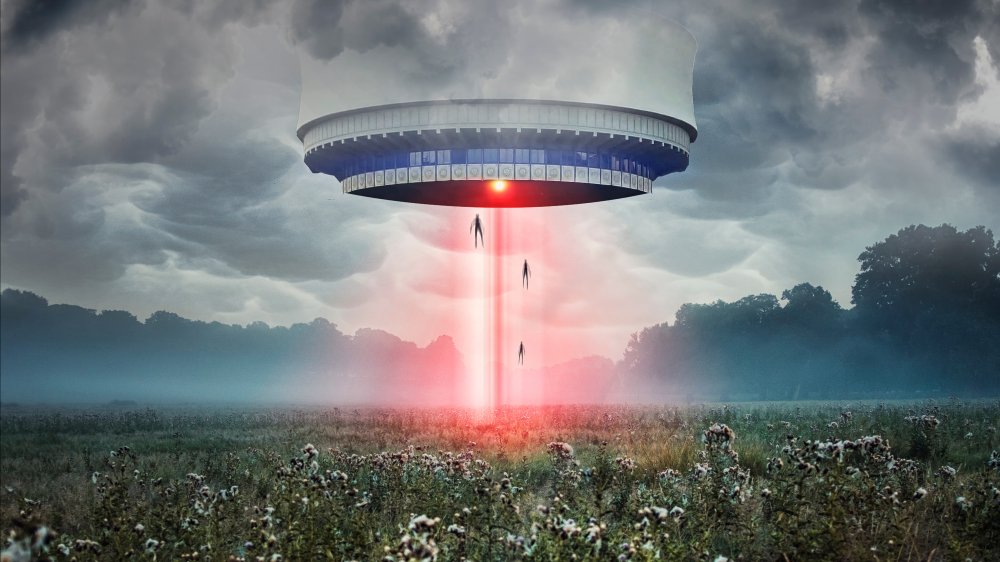The Pentagon's UFO Unit To Share Some Findings With Public
For once, 2020 has brought about some good news. Well, good news for the people who have been looking for signs that aliens have already visited Earth, anyway.
In the Senate report for the Intelligence Authorization Act for Fiscal Year 2021, there is a whole section devoted to the information aggregating and publishing of "Advanced Aerial Threats." This section deals with the Unidentified Aerial Phenomenon Task Force, which operates under the Office of Naval Intelligence — basically, the team that tackles unidentified flying objects, or "UFOs." What the report stipulates is that within 180 days after the act is passed, the various departments involved would submit a report to the appropriate congressional intelligence and armed service committees. That, in of itself, is not very exciting.
However, at the end of the section, the drafters included a tease for the general public: "The report shall be submitted in unclassified form, but may include a classified annex." So, you'll be able to access the report, albeit with the apparently interesting information retracted. An additional caveat to this news, as well, is that the report is only due 180 days after the act is enacted, making it a one-time event, not a biannual one.
Is humankind finally going to meet the little green guys?
While discovering evidence for alien life would be a pleasant bonus, the purpose of this — as Marco Rubio, the acting chairman of the Senate Select Committee on Intelligence, told CBS Miami — is somewhat different. Basically, any flying object that the United States cannot recognize is a cause for concern, because it may mean another country succeeded in a technological leap, or not: "Maybe there is a completely, sort of, boring explanation for it. But we need to find out." For Rubio, the prospect of aliens crashing into Earth would actually be preferable to the alternative possibility that another country — say, China — has developed aerial technology so vastly superior to the U.S., that it looks extraterrestrial.
The New York Times has pointed out that the biggest boon to come from this open(ish) report may be for astrophysicists, who, due to the constraints put on those who conduct classified programs, cannot cite the evidence upon which they've built their claims. With a new level of openness, a discussion about the likelihood of extraterrestrial life can be grounded using evidence at hand, instead of conspiracy theories (I.E., that old yarn about how the government doesn't want you to know that the Chupacabra is an alien, but somehow, your friend at the bar has found out about it).
As previously mentioned, however, the report will be subject to a classified annex, meaning that the discussion will still fall into the hands of conspiracy theorists.

